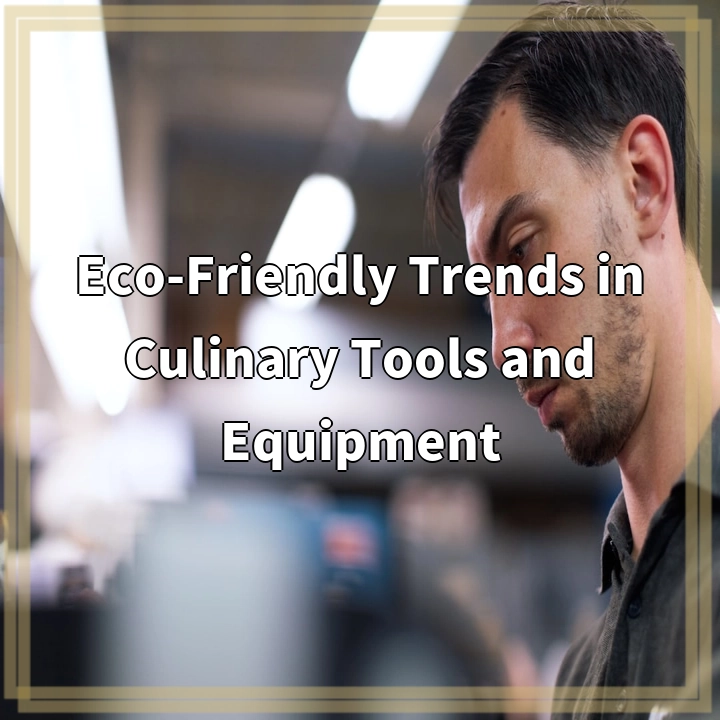
What Eco-Friendly Trends in Culinary Tools and Equipment Are
Eco-friendly trends in culinary tools and equipment refer to the increasing adoption of sustainable and environmentally-friendly practices in the food industry. This encompasses the use of renewable resources, reduction of waste, and minimizing the environmental impact of cooking processes.
The Real-World Problems Associated with Non-Eco-Friendly Culinary Tools and Equipment
While traditional culinary tools and equipment have served their purpose well, they often come with a range of environmental challenges:
1. Increased Energy Consumption
Non-eco-friendly culinary tools and equipment tend to consume more energy than their sustainable counterparts. This includes inefficient cooking appliances and outdated technology that contribute to higher electricity usage and increased greenhouse gas emissions.
2. Excessive Waste Generation
Conventional culinary tools often contribute to excessive waste generation throughout the food preparation process. Disposable cooking utensils, single-use packaging, and non-recyclable materials not only add to landfill waste but also contribute to deforestation and negative impacts on ecosystems.
3. Chemical and Toxin Release
Many non-eco-friendly culinary tools and equipment are made using materials that can release harmful chemicals and toxins during food preparation. This can contaminate the food being cooked and pose potential health risks to both consumers and the environment.
4. Non-Renewable Resource Depletion
Traditional culinary tools often rely on the use of non-renewable resources such as petroleum-based plastics and non-recyclable metals. The extraction and production of these materials contribute to resource depletion and environmental degradation, further exacerbating the impact of the food industry on the planet.

Potential Solutions to Eco-Friendly Culinary Tools and Equipment
Addressing the real-world problems associated with non-eco-friendly culinary tools and equipment requires a shift towards sustainable practices and the adoption of environmentally-friendly alternatives. Here are some potential solutions:
1. Energy Efficiency and Renewable Energy
Investing in energy-efficient culinary appliances and utilizing renewable energy sources, such as solar or wind power, can significantly reduce energy consumption and greenhouse gas emissions. Upgrading to energy-efficient induction cooktops and ovens can make a significant difference.
2. Waste Reduction and Recycling
Promoting the use of reusable cooking utensils, biodegradable packaging materials, and implementing waste recycling programs can help reduce the amount of waste generated in the culinary process. Encouraging local sourcing of ingredients can also minimize packaging waste.
3. Safe and Sustainable Materials
Opting for culinary tools and equipment made from safe and sustainable materials such as bamboo, stainless steel, or recycled plastics can prevent the release of harmful chemicals and reduce environmental impact.
4. Embrace Circular Economy Principles
Applying circular economy principles, such as product refurbishment and recycling, can extend the lifespan of culinary tools and equipment. This approach reduces the need for constant replacements and decreases the demand for new resources.
5. Education and Awareness
Increasing awareness among chefs, culinary professionals, and consumers about the environmental impact of culinary tools and equipment is crucial. Education programs can highlight the importance of sustainable practices and encourage the adoption of eco-friendly alternatives.















